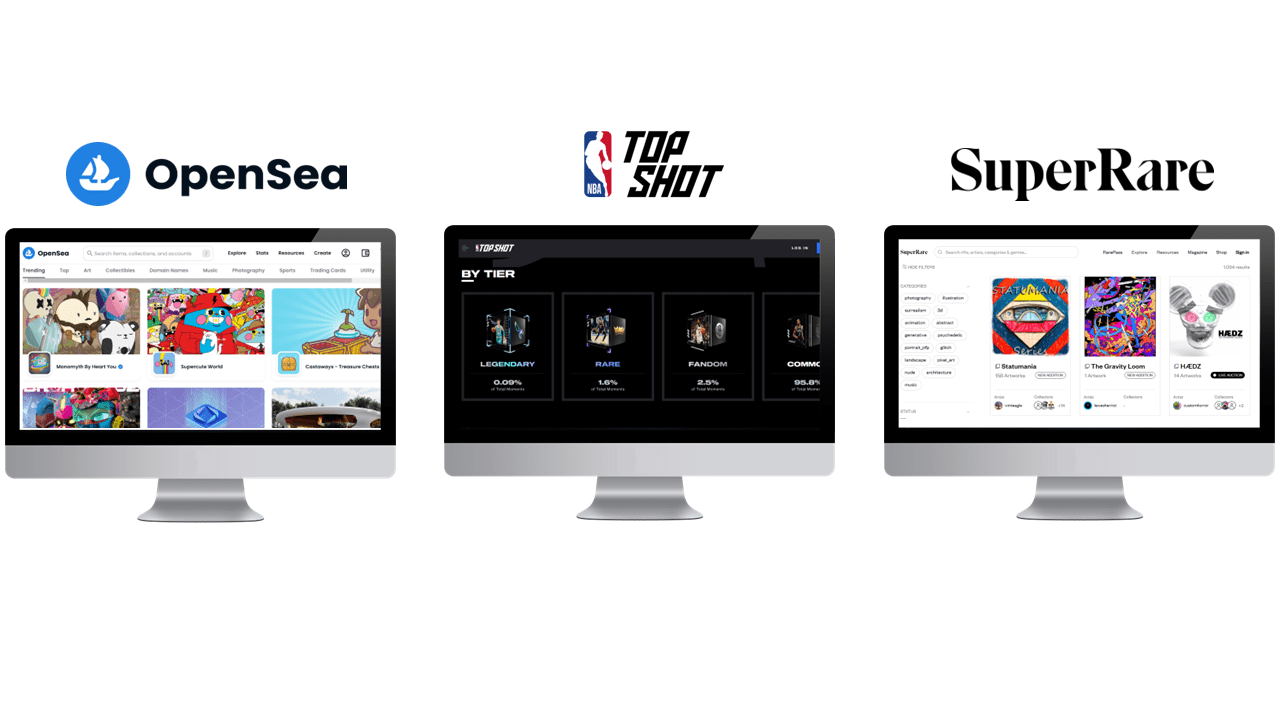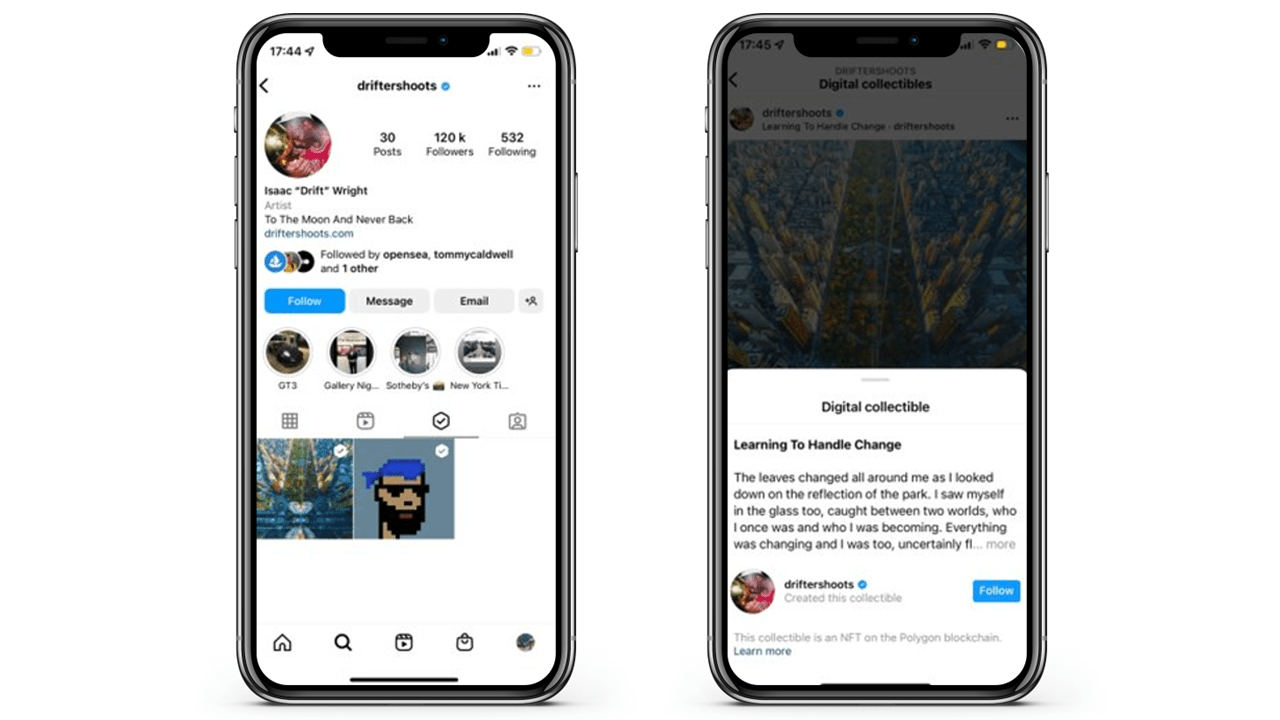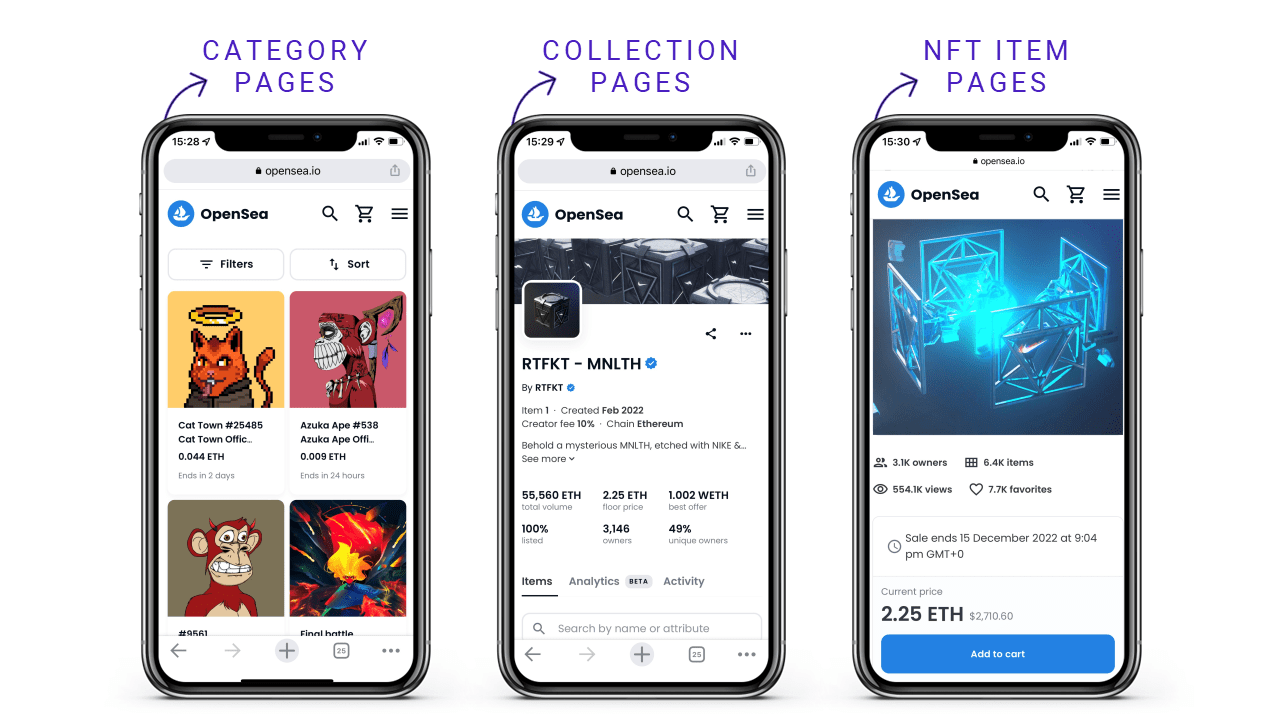Barely a week went by in 2023 without the Metaverse, virtual worlds and NFTs creating chatter across the web and even making it onto the front pages of mainstream news outlets. Not all news has been good news, however, as scandals, market crashes and the highly publicized collapse of cryptocurrency exchange FTX have served to portray the emerging realm of Web3 as something of a digital Wild West.
Despite this, brands continue to make strides into the Metaverse. This is because the recent scandals have been predominantly related to cryptocurrencies. And while crypto is linked to the Metaverse (as the form of currency often used for virtual transactions), the two are far from synonymous.
We’ve seen a flurry of investment from brands like Nike, Gucci, Burberry, Coca-Cola and even Taco Bell. With this, it has become clear that there are opportunities for brands to engage communities, develop long-lasting relationships and ultimately drive revenue. We can now see that commerce undoubtedly exists in the Metaverse.

Brands are generating revenue in the Metaverse by selling digital assets. Digital assets are anything that is owned and stored digitally. This can include assets on Web 2.0 platforms such as Roblox or Fortnite, or Nonfungible Tokens (NFTs) which are assets on the blockchain. They are unique and cannot be copied and their ownership and authenticity are guaranteed by the blockchain.
These assets can also exist in one of two places – in virtual worlds or on external marketplaces. Within virtual worlds, brands can offer assets that enhance the user’s playing experience, including items for their avatar. Avatars are very important to many virtual worlds as they allow users to develop a sense of identity – they may reflect their physical selves or be aspirational. In most cases, avatars will be highly customizable including clothing, accessories, hair, makeup and even facial features. This provides brands with the opportunity to create items that can be worn in virtual worlds, as they would with physical goods. Brands can also sell equipment. These are assets that perform a function in the game, usually acting as a traditional ‘power up’ or enhancement to the playing experience.
An example here is RTKFT, who combined virtual experiences with virtual goods inside their Sandbox world – Meta Dungeon. This was a highly gamified experience, where users could “survive giant bosses in underground dungeons and explore a cybercity.” By playing in this virtual world, users could earn their own RTFKT NFTs.
Outside of virtual worlds, brands can also sell their digital assets via marketplaces. For many brands, this might be a more accessible route that aligns more closely with their traditional eCommerce business model. These platforms enable users or brands to create, sell and buy NFTs as standalone products. For commerce professionals, the marketplace model may also appear relatively familiar. We are accustomed to marketplaces like Amazon and Walmart and the ways we would optimize for stronger performance of our physical goods. This leads us to question – how do marketplaces in the Metaverse differ?
1. There are multiple marketplaces to choose from
Like with traditional eCommerce marketplaces there are multiple marketplaces that brands or users can select to sell their NFTs. OpenSea is currently the largest NFT marketplace. It is considered a relatively easy-to-use platform and supports multiple blockchains – it therefore may be the first port of call for brands looking to launch their first collection. However, it is also worth noting that there are more niche marketplaces like Top Shot, which allows users to create, buy and sell NBA NFTs. Similarly, marketplaces like SuperRare position themselves as a gallery for digital art, with the goal of empowering their artists.

Instagram has also recently announced further moves into the NFT space. Users were already able to display their digital collectibles within their Instagram grid. Now, however, select creators will be able to create, sell and buy NFTs within the app – resembling the functionality of other NFT marketplaces. Having already achieved growth in social commerce, this means that Meta and Instagram show signs of staking their claim in Metaverse commerce. Similarly, we also saw the traditional marketplace, eBay, purchase NFT marketplace, Known Origin. This may imply that as the market matures, we could see closer assimilation between physical and virtual goods marketplaces, and our traditional eCommerce and social commerce techniques will become much more transferable.

2. Their structure is similar to traditional eCommerce
Looking at marketplaces like OpenSea, their structure is likely to be familiar to traditional eCommerce specialists. OpenSea includes a homepage that features trending items and new content, alongside search functionality and the ability to navigate across category pages. OpenSea also has collection pages, allowing creators to show off their various NFT drops. Collections are tailored groups of NFTs, curated by a creator. They will usually follow a similar theme and have limited availability. These pages come complete with a cover image and description of the collection. Finally, it also includes item pages, like a traditional Product Page. They contain visuals, descriptions, item names and prices, alongside dynamic sales information such as auction time and price history.

3. Content is still important
This means that as with your physical products, brands and creators need to ensure that they feature high-quality item content to help users learn more about the item or collection – this can even include a link to an external site to provide much more information to the user, alongside a high-quality brand experience. Unlike a traditional eCommerce marketplace, however, creators should also label the properties of their NFTs. These should correlate with stats that show the scarcity or popularity of each trait that will help to inform buying decisions. When buying a profile picture (PFP) for example, a user may discover that 25% of the collection has brown eyes, while only 5% has green.
4. They place emphasis on price and supply
The law of supply and demand still applies to the Metaverse, and brands need to consider this when launching their first NFT drop. By creating a limited supply of items, you create demand and therefore expect a premium price. This also helps to keep your NFTs in circulation since resell demand and value remains high. However, few users will be able to purchase your NFTs.
Conversely, by creating a higher supply of items, you create greater accessibility for your virtual goods and reach a broader proportion of your community. However, as your items are not scarce, the price will be lower. It is also less likely that they will have a resale value.

When making this decision, it’s important to note that the NFT economy places emphasis on creators. Not only does the creator receive revenue from the first sale of their NFT, but they also receive a commission from every subsequent sale – on OpenSea this is 2.5%. The NFT community is passionate and protective over these creator rights. This became apparent in November 2022, when OpenSea implied they may consider removing creator fees from their platform. Following outrage and backlash from the community, they were forced to reaffirm their commitment to creators and their right to set fees.

Brands must therefore consider the lifetime value of their items when making any price or supply decision, not just the value of the initial sale. The potential resale value must be factored in to understand true profitability.
5. They support different blockchains
Specific to NFTs, brands must also decide on their blockchain. While some marketplaces only support a single blockchain – such as SuperRare and Ethereum – others such as OpenSea support multiple blockchains. Brands must therefore do their research ahead of time to evaluate which blockchain is best suited for them. Here, we would recommend considering not only the most popular blockchains, but those which are the most environmentally friendly, particularly if this is important to your brand values.

6. Items can be hard to find
Just because you create an NFT on a marketplace, it doesn’t mean anyone will see it. Take OpenSea for example – this marketplace currently has millions of NFTs listed to buy. Unless you’ve already had successful NFT projects, it’s unlikely you’ll rank in the top trending spots without any wider amplification. With this in mind, brands should adopt performance marketing techniques – both paid and organic – to maximize the reach of their collection. Alongside some of the larger social media platforms, Discord has rapidly become the go-to place for Metaverse and NFT news, information, and community engagement. Brands like Gucci, Prada and Nike keep their communities in the loop about their next NFT drops so users know when to head over to the relevant marketplace.
7. Brands are thinking beyond the point of sales
Finally, successful marketplace strategies should also think beyond the point of sale. Once purchased, a brand’s NFT could simply sit in the wallet of the owner with no further functionality. While this might be fine for some collectors, its broader appeal may be limited and could run the risk of your collection being forgotten about or devalued. Instead, brands could use their NFTs to provide benefits to their holders. This can include:
- Exclusive access: holders of your NFTs could gain access to exclusive content, and first access to new drops, both in the physical and virtual world.
- Events: like an invitation or event pass, your NFTs could allow your customers to gain access to exclusive events in both the physical and virtual worlds.
- Communities: build virtual or physical community spaces for your NFT holders. This allows them to share their assets and love for the brand.
- Rewards: attach your NFTs to a rewards program. This incentivizes your customers to make future purchases and increases LTV (lifetime value).
In summary…
While the future is still to be determined, Metaverse commerce is already an established practice today. From clothing brands to fast food chains, brands are already finding opportunities in the Metaverse. It is a place to innovate, create new and exciting products and drive revenue, while ultimately helping to futureproof long-term business growth as we enter the next era of commerce.
If you’d like to chat with one of our experts, please get in touch.
Get in touch












